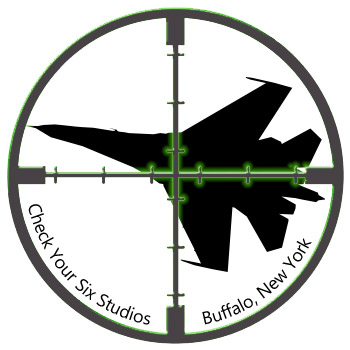 | ||
| Here is the Abrams turret with the modified kit part tow cables tacked in place. In order to add more detail, I'll add the mounting brackets to hold the cable to the turret, similar to the real tank. |
Using the two modified tow cables, take one and tack it in place on the side of the turret, following the kit instructions. When the glue has cured enough that the cables won't fall off, drill a series of holes in the turret as seen in the photograph above. These are for the three simulated brackets I'll be making out of fine brass wire. Use reference photos of a real Abrams or use the old kit parts as a guide for placement. In photos, there are five L-shaped mounting brackets to hold each cable in place. For simplicity's sake, I'm going to use three brackets per cable and make them U-shaped so that I'm ensured that they will be secured to the vehicle.
To create the simulated mounting brackets, I used 28-gauge brass wire cut into approximately 10mm lengths. I made three of these for each tow cable for a total of six pieces of wire.
Grasp one of the 10mm lengths of wire with the fine point tweezers and bend it into a U-shape. Align the wire ends with the holes that were drilled in the side of the turret and insert the wire. You may need to pinch or spread the legs of the U as needed to ensure alignment.
Make sure that the U wire sits securely against the tow cable. Apply a drop of thin CA followed with a drop of accelerator to secure. Repeat this step for the remaining five sets of holes in the turret.
 |
| Brass wire bent into a U-shape for insertion into the turret holes. Secure each leg of the U with a drop of CA followed by accelerator. |







